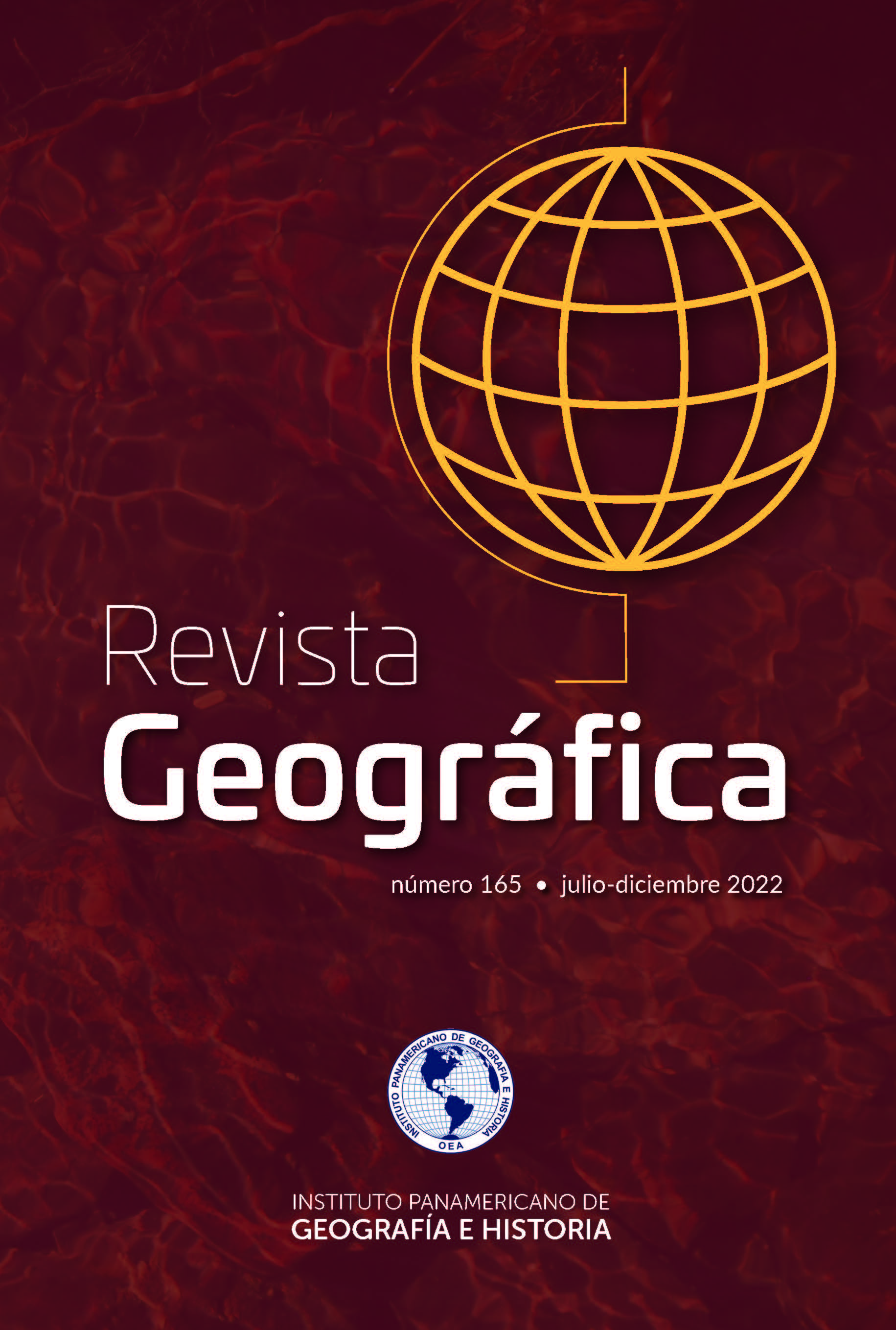Análisis de evolución espacial de áreas urbanas de la cuenca del río Luján (1990-2010)
Main Article Content
Abstract
The study of urban dynamics, from a temporal approach, focuses on determining the progress of the urbanized area and its impact on changes in land use. In the first instance, it is essential to have a diagnosis of the historical spatial evolution, which allows us to make contributions aimed at quantifying and analyzing urban growth. In this sense, Geography, in its quantitative and rationalist aspect, provides the concepts and methodologies of spatial analysis oriented to the generation of cartographic models for the analysis of spatial distribution. The present work aims to carry out an analysis of the spatial evolution of urban areas of the Luján river basin, in a time period that covers the years 1990 to 2010, based on thematic cartography and quantitative indicators using Geographic Information Systems. The results achieved indicate an urban growth of 34% with respect to the initial period, with a marked spatial differentiation according to the compact and dispersed urban categories, the latter being the one that has presented the greatest increase in the period under study.
Downloads
Article Details
-
Abstract676
-
PDF (Español)474
